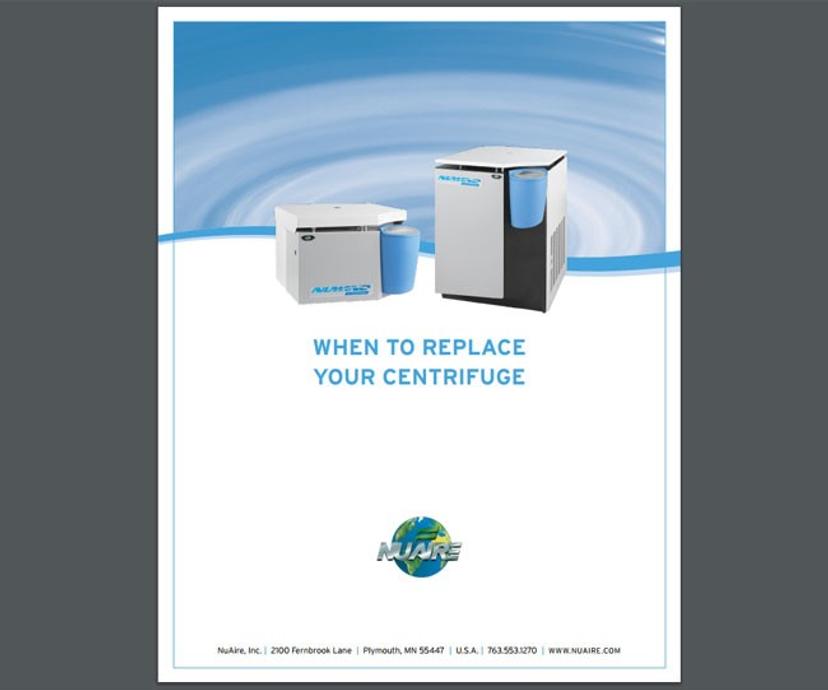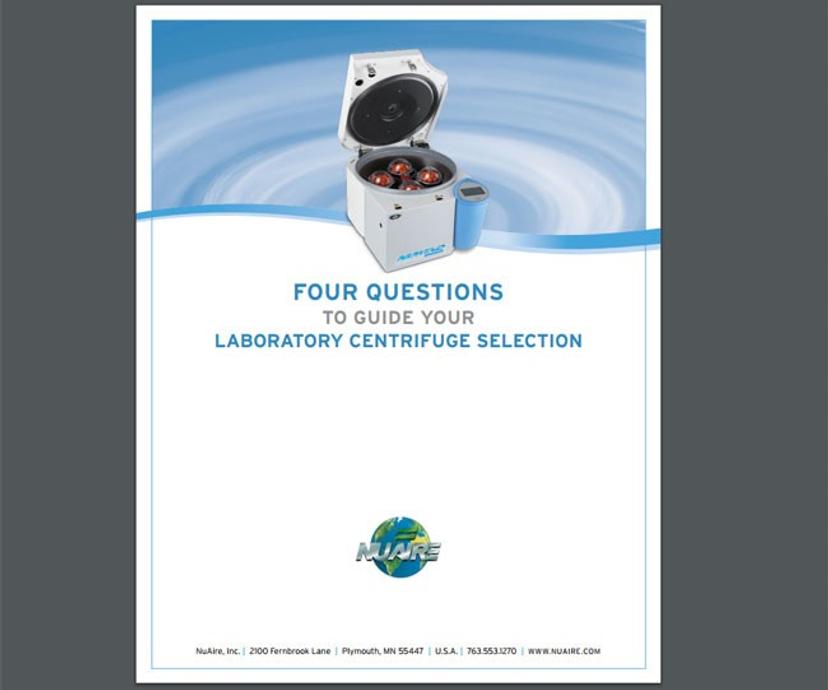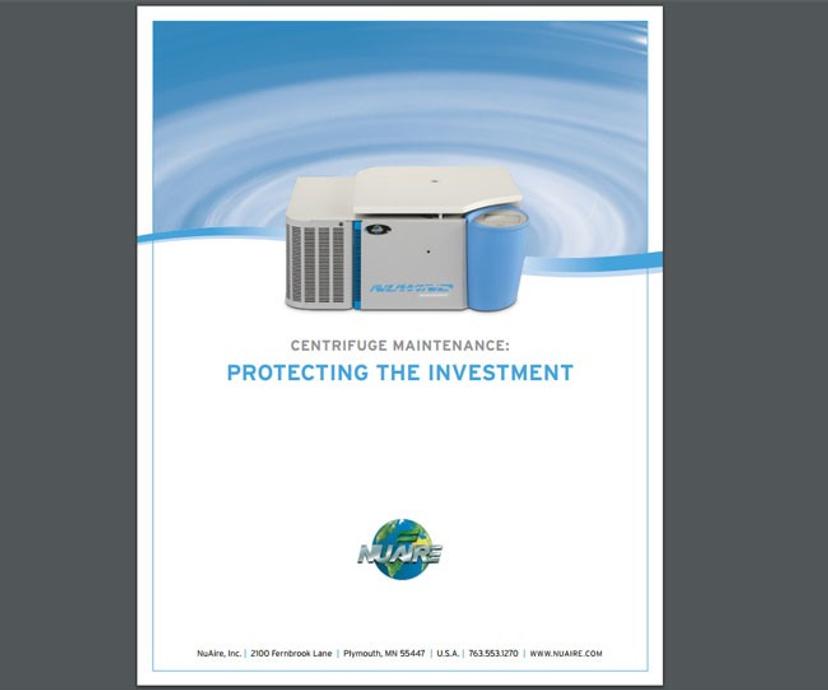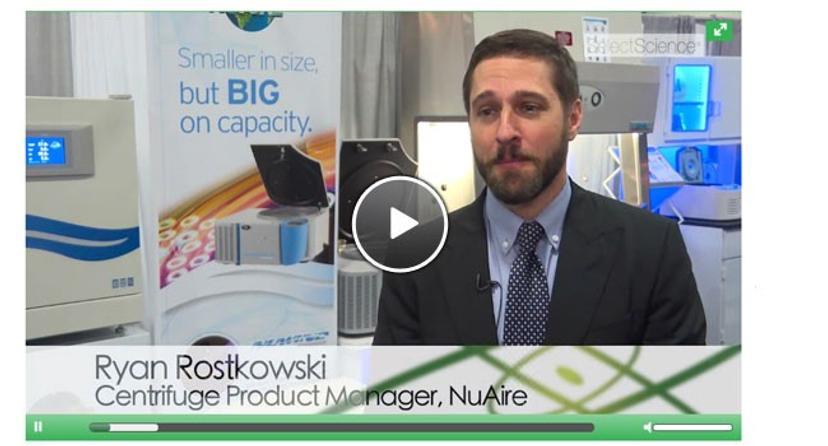Choosing the Right Centrifuge for Your Clinical Laboratory
Find essential information on when and how to replace your clinical centrifuge
27 Nov 2017Centrifuges are one of the most taken-for-granted, but important pieces of equipment in the clinical laboratory. When a centrifuge breaks, clinical laboratories can grind to a halt, as samples back up and bottlenecks are created. In this article, find out when to replace your centrifuge, how to select a new centrifuge, and how to protect your investment moving forwards.
When to replace your clinical centrifuge
When centrifuges are properly operated and maintained, these precision instruments can last ten years or more. Although no organization is eager to spend money on replacement equipment, it will eventually become necessary. This white paper suggests that lab managers employ a process called life cycle management to aid in evaluating when to replace equipment.

Download white paper: When to Replace Your Centrifuge
How to select your new clinical centrifuge
The selection of centrifuges available to purchase can be daunting; size, speed, capacity and capability requirements all need to be assessed. Download this guide to learn the four most important questions to ask when making your clinical centrifuge selection.

Download guide: Four Questions to Guide Your Laboratory Centrifuge Selection
Protecting your clinical centrifuge investment
Centrifuges must be operated correctly and undergo regular maintenance in order to achieve maximum lifespan. This application note describes the ways in which centrifuges can become damaged, the inspections and maintenance tasks you should regularly carry out, as well as correct cleaning and lubrication practices. It also details warning signs which indicate there is a potential problem and gives suggestions on how to create a ‘culture of maintenance’ in your lab.

Download application note: Centrifuge Maintenance: Protecting the Investment
Further considerations: Saving time and space in clinical laboratories
Ryan Rostkowski, centrifuge product manager, NuAire, presents the NuWind Multi-Application Centrifuge at the American Association of Cancer Research (AACR) Annual Meeting, 2017. Ryan outlines how the NuWind centrifuge can meet the needs of most clinical and research applications, and describes the features of the centrifuge, including the ClickSpin rotor technology, improved capacity to footprint, and the ability to carry diverse sample containers.

Do you use NuAire equipment in your research? Write a review today for the chance to win a $400 Amazon voucher (or equivalent currency), plus you’ll be helping other scientists choose the best equipment for their lab.
